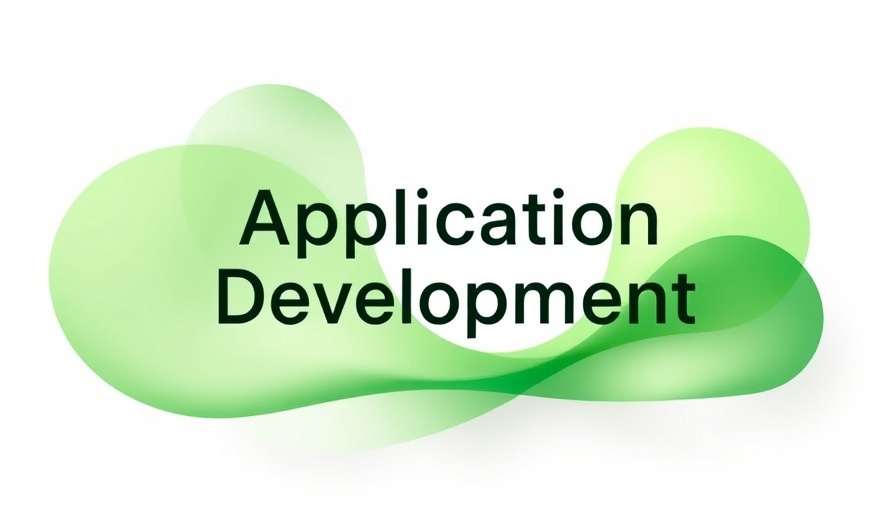
The Power of PyTorch/XLA 2.6 in AI Development
The recent release of PyTorch/XLA 2.6 has brought notable advancements for developers utilizing the PyTorch deep learning framework, particularly when integrating with Cloud TPUs. This Python package streamlines the deployment of PyTorch models, enabling efficient operations with just minimal code alterations. At the heart of these improvements lies OpenXLA, a Google-developed framework that ensures flexibility in defining models across various machine learning accelerators, including GPUs and TPUs.
Breaking Down Performance Enhancements
One of the standout features of the new PyTorch/XLA update is the introduction of an experimental scan operator. This operator addresses a common bottleneck: lengthy compilation times, especially prevalent in large language models which frequently utilize for loops. The traditional method of compiling each loop iteration independently results in cumbersome computation graphs that elongate compilation duration. The scan operator enhances efficiency by compiling only the initial iteration and reusing the high-level operation for subsequent iterations, significantly speeding up the development process.
Host Offloading: Streamline Large Model Management
Another key enhancement is host offloading, allowing developers to transfer TPU tensors to the host CPU’s memory. This feature is particularly beneficial for managing larger models within a limited TPU environment, effectively optimizing resource use. By enabling the shift of certain operations away from the TPU, developers can push the boundaries of model sizes they can work on, without necessarily needing an abundance of TPUs at their disposal.
Exploring Improved Model Execution
With better goodput for tracing-bound models, developers can expect more efficient execution times. The latest base Docker image, now compiled with C++ 11 ABI flags, complements this by supporting advanced operations. This improvement is critical for any developer aiming to leverage the latest tools in their AI model implementations, ensuring the operational efficiency translates directly into real-world applications.
Practical Insights for Developers
For tech professionals focused on AI and deep learning, understanding these updates is essential. The changes in PyTorch/XLA 2.6 not only enhance performance but also elevate the overall developer experience. As the landscape of artificial intelligence continues to evolve, being adaptable and well-informed about the latest tools will set developers apart in a competitive field. Embracing these innovations could lead to significant time savings and improved model accuracy, which are crucial for successful AI implementations.
Conclusion: The Future of AI Development with PyTorch/XLA
The enhancements introduced with PyTorch/XLA 2.6 signify a pivotal moment for AI developers leveraging Cloud TPUs. By reducing compilation times, enhancing model management, and improving execution processes, Google is empowering developers to create sophisticated AI models with greater efficiency. As we venture deeper into the realm of artificial intelligence, keeping pace with these advancements is vital to unlocking the full potential of machine learning technologies.
 Add Row
Add Row  Add
Add 




Write A Comment